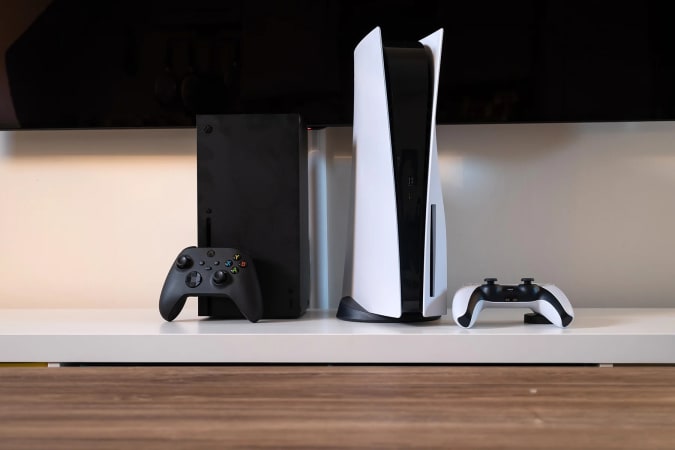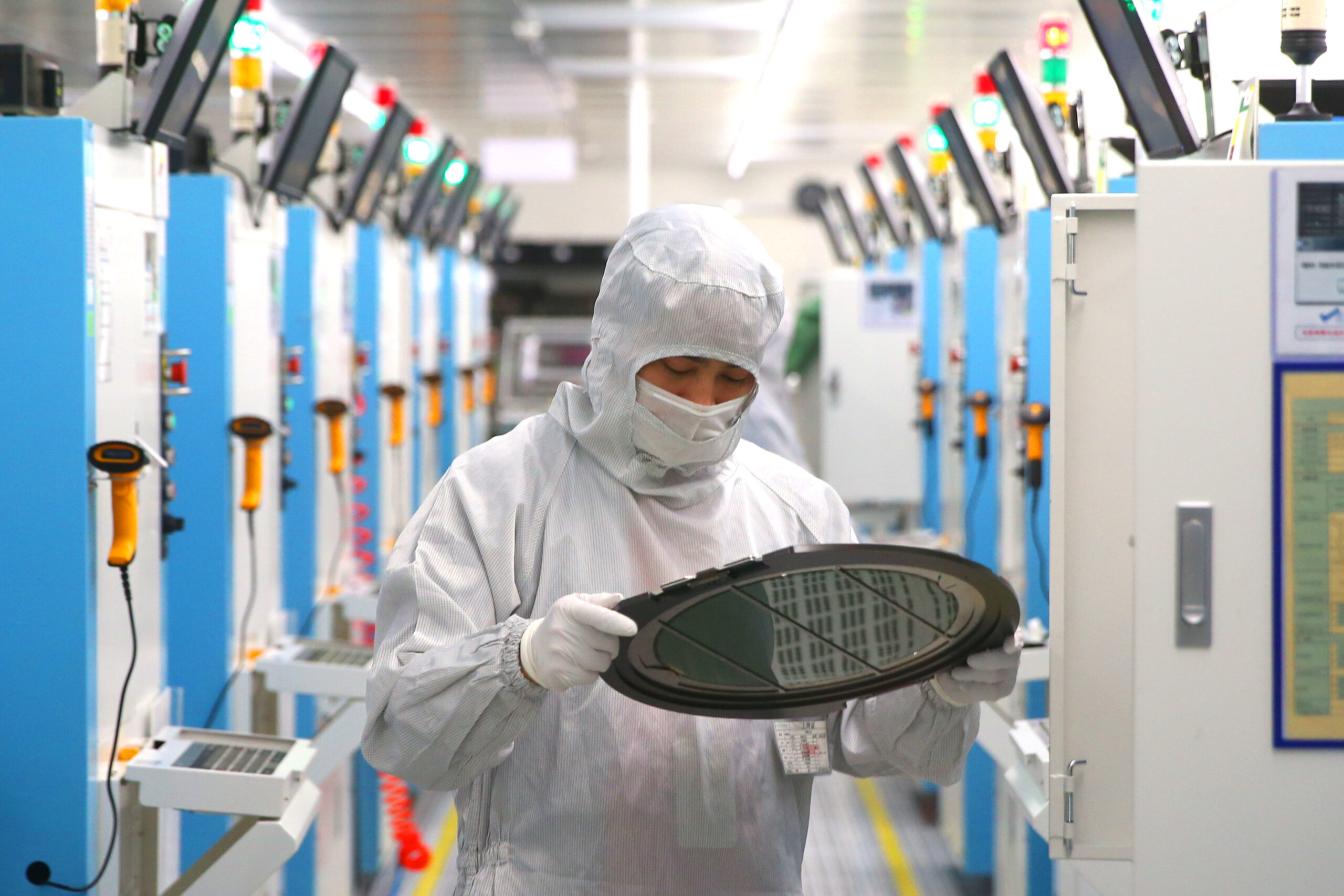Why the global chip shortage isn’t ending anytime soon
News of the global chip shortage has been so far-reaching this year, it’s become a meme. “I’m sorry I forgot to do the dishes, there’s a global chip shortage.” But as with many online jokes, there’s a kernel of truth to it. The semiconductor chip crisis is real, and it’s had a serious impact on our lives. Cars are more expensive and harder to build. Computer makers are rushing to keep up with an insatiable consumer demand for remote work and school devices. And countless products have been delayed, with release dates being pushed like dominoes throughout 2021 and into the coming years.
While it’s an issue that affects practically everyone, the chip shortage has been particularly painful for gamers. A year after the PlayStation 5’s launch, it’s still practically impossible to order one. (At least, not without paying an exorbitant markup, or following stock bots like a machine.) And PC players itching to upgrade their GPUs, who have already gotten used to dwindling hardware supplies and skyrocketing prices, will have to live with their old video cards a bit longer.
As Forrester Analytics’ Glenn O’Donnell tells Engadget, the issue is mostly a simple supply and demand problem. You can point to several reasons for that: carmakers lowered their hardware orders at the start of the pandemic, with the assumption that consumers wouldn’t be interested in buying new vehicles. It turns out the opposite was true – the overwhelming demand has pushed used car prices up significantly. Chipmakers were also forced to keep up with a rising demand for PCs, game consoles and a wide assortment of gadgets while also dealing with production slowdowns amid COVID lockdowns and other precautions.

Aaron Souppouris/Engadget
“I’d like to say things have improved, but they actually have gotten a little bit worse, and I’m not surprised,” O’Donnell said in a recent interview with Engadget. In April, he argued that the global chip shortage would continue throughout 2022 and into 2023. Now, he’s even more convinced that we won’t see any major relief until then. While future chip fabs from Intel, TSMC and Samsung could boost supplies, it will still take at least two years from when those companies break ground to when they’re up and running. Intel began construction on its two Arizona chip factories in September, and it doesn’t expect to have them operational until 2024.
Basically, get used to chip shortage, as we’ll be suffering through it for a while. In an interview with Nikkei last week, Intel CEO Pat Gelsinger also confirmed that he expects the situation to last until 2023. “COVID disrupted the supply chains, causing it to go negative,” he said during a press event in Malaysia, where the company is investing $7.1 billion in manufacturing and packaging lines. “Demand exploded to 20 percent year-over-year and disrupted supply chains created a very large gap … and that exploding demand has persisted.”
NVIDIA CEO Jensen Huang echoed that sentiment in a recent Yahoo Finance interview, saying he doesn’t think there are any “magic bullets” when it comes to dealing with the supply chain. Huang also noted that NVIDIA’s own group of suppliers is multi-sourced and diverse, so the shortage shouldn’t dramatically affect the development of new products. But NVIDIA has also struggled to keep up with gamer demands even before the pandemic. Scalpers and cryptominers usually bought up all of the available stock, leaving average consumers with a limited amount of inventory from stores and resellers.
While Huang expects production to ramp back up in 2023, he also believes the pandemic-driven push towards buying more computers and gaming hardware is here to stay. “I think these are permanent conditions, and we’re going to see new computers being built for quite a while,” he told Yahoo. “People are building home offices, and you could see all of the implications.”
In the US, there’s a glimmer of hope that the Innovation and Competition Act (USICA), which includes $52 billion in funding for the CHIPs for America Act, could spur on more semiconductor production. But after passing the Senate earlier this year, the legislation has stalled in the House of Representatives, where Republican members said they would block USICA. The bill also includes $190 billion towards improving American semiconductor R&D, all in the hopes of becoming more competitive with China, which dramatically boosted its chip production over the last decade.






